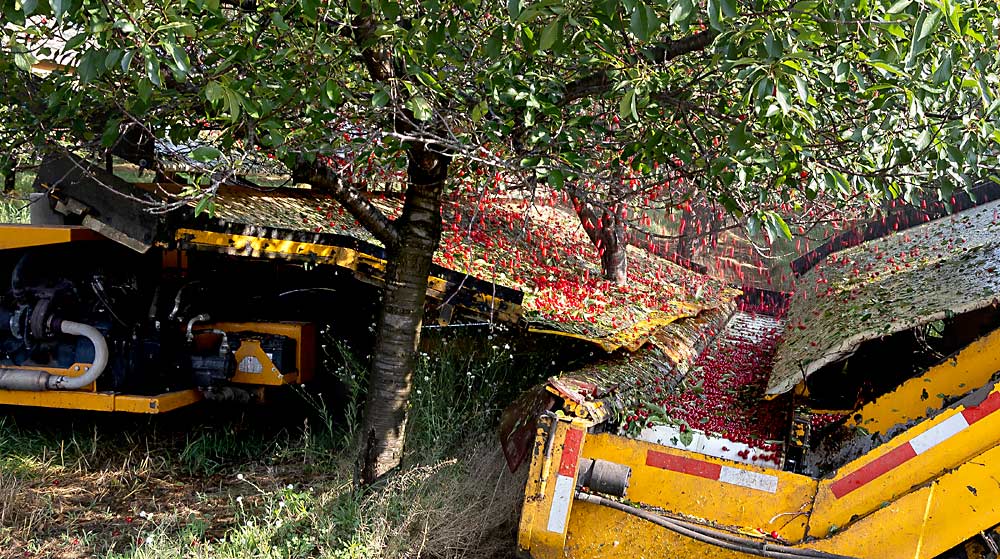
There are strong economic headwinds battering every fruit crop right now, including rising labor and other input costs, an increasingly competitive global market, supply chain disruptions, inflation, development pressure and an aging cohort of growers.
But the tart cherry industry offers a particular case study in how inconsistent prices, import pressure and weather-related crop losses drive uncertainty in an industry that’s already had its fair share of ups and downs.
Weather-related tart cherry losses have become more common, driven by climate change and the industry’s limited geographic range. Roughly two-thirds of U.S. tart cherries are grown in Michigan, and roughly two-thirds of Michigan cherries are grown in the northwest corner of the state’s Lower Peninsula. Lake Michigan offers protection from weather extremes, but not as reliably as in the past. Spring freezes virtually wiped out the state’s 2002 and 2012 crops and cut into three of the last four crops. The losses in 2020 and 2021 were particularly alarming, said Julie Gordon, president of the Cherry Marketing Institute.
“It was the first time in history we’ve had back-to-back short crops in Michigan,” she said. “That opened our eyes.”
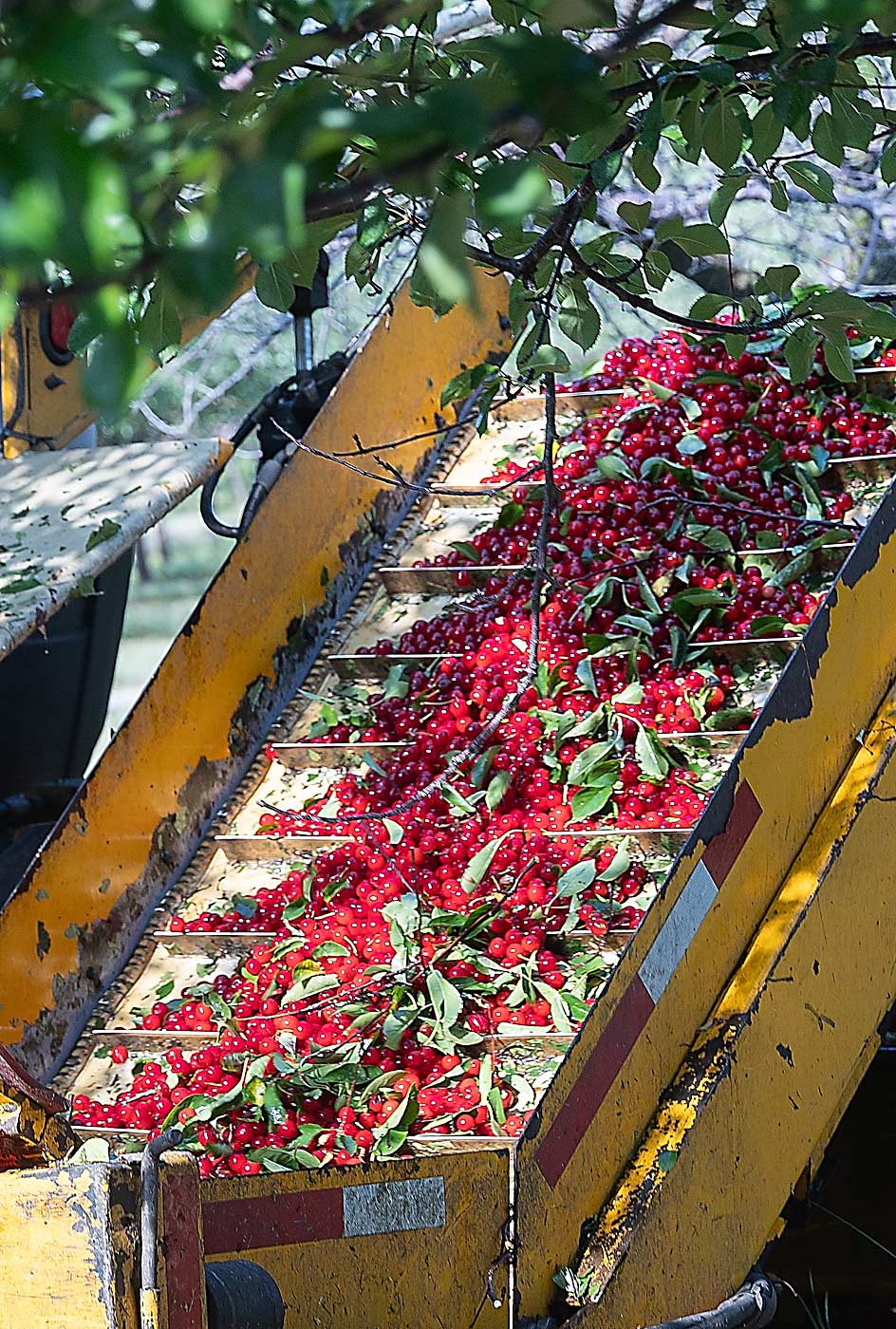
Since 2012, tart cherry growers have had access to crop insurance, which is one way they deal with crop losses.
The industry’s seesawing crop sizes are not good for business, said Utah grower Curtis Rowley.
“Buyers want a stable price,” he said. “If the price is always fluctuating, we will not sell as many cherries.”
Rowley, who’s also chairman of the Cherry Industry Administrative Board, which administers the industry’s federal marketing order, said his biggest fear is the industry losing its price-stabilizing mechanisms. The CherrCo cooperative, which helped stabilize the price of frozen cherries, disbanded in 2018.
In 2020, growers and handlers voted to renew CIAB — which regulates domestic supply and funds research and promotion — but with a smaller margin of support than in previous elections. The marketing order is up for renewal in 2026.
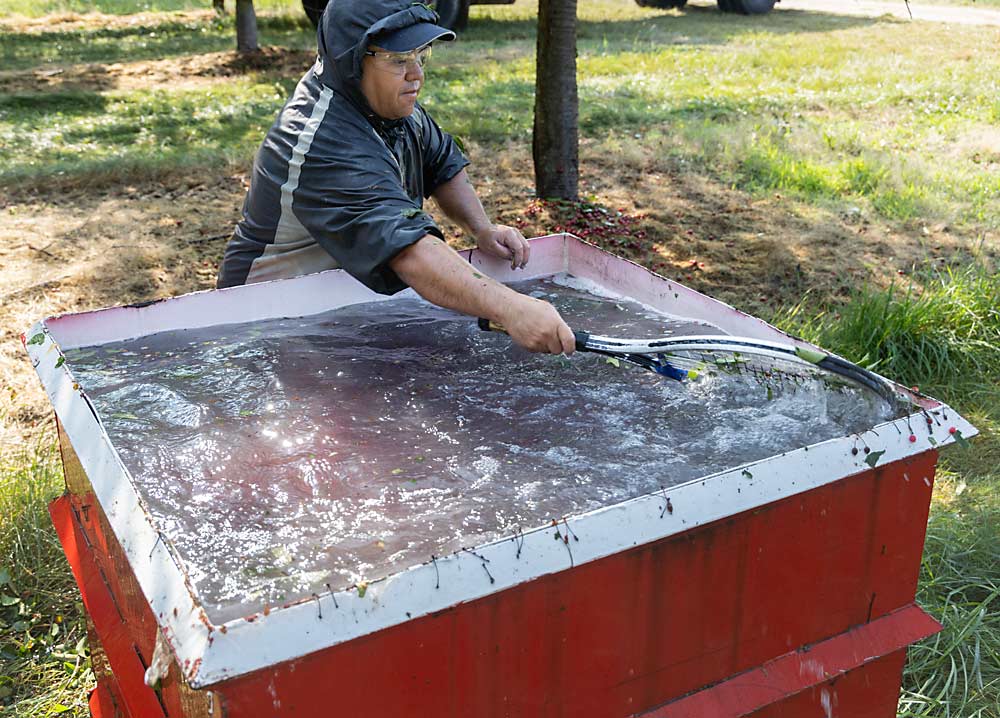
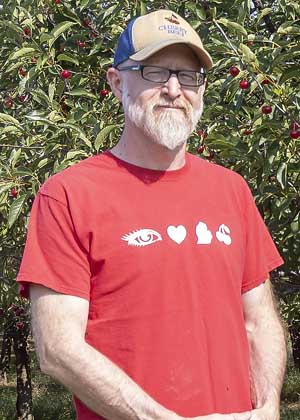
Michigan had 23,000 bearing acres of tart cherries in 2022, according to the U.S. Department of Agriculture, down from 27,300 in 2012. The number of growers shrank from 540 in 2006 to 253 in 2022 — and Michigan had more than 3,000 tart cherry growers in the 1970s. The number of processors has dwindled, too, from 24 in 2011 to 14 in 2023, Gordon said.
Some growers have dealt with industry uncertainty by getting out of tart cherries altogether, diversifying their crop mix, shifting to farm market and other direct sales, or expanding and vertically integrating.
“We have a lot of casinos around here,” said Nels Veliquette, vice president of Cherry Ke, a large tart cherry grower based in Northwest Michigan. “But I would never go to one, because I gamble every season.”
Cherry Ke, at about 2,300 acres, is one of the largest producers in Michigan and has found multiple ways to stay afloat, he said. The company started planting apples three years ago to diversify and extend H-2A labor contracts. It grows 250 acres of organic tart cherries to meet customer demand. And for about two decades now, Cherry Ke has partnered with Cherry Bay, another large grower, to do its own processing and marketing via the Shoreline Fruit cooperative.
For a long time, growers could pick and choose processors to get the best price, but now there are fewer processors to choose from.
“If you’re an independent grower, it’s really hard,” Veliquette said. “There’s really no pricing power.”
The break-even price for tart cherry growers is 25 to 30 cents per pound, according to Gordon. But in the six seasons from 2017 to 2022, Michigan growers exceeded the break-even price twice: in 2020 and 2021 — which happened to be short-crop years, Gordon said.
Tim Brian, president of Michigan processor Smeltzer Orchard Co., agreed that grower prices are too low, but he said processors are facing their own pricing pressures.
“I’d love to pay the grower more, but the markets dictate themselves to some degree,” Brian said.
Rowley lamented the lack of communication between growers and processors, and among processors themselves.
“Right now, it seems like a fight to the bottom,” he said. “The price gets so low that nobody wins. If we work together, we can figure out how to win.”
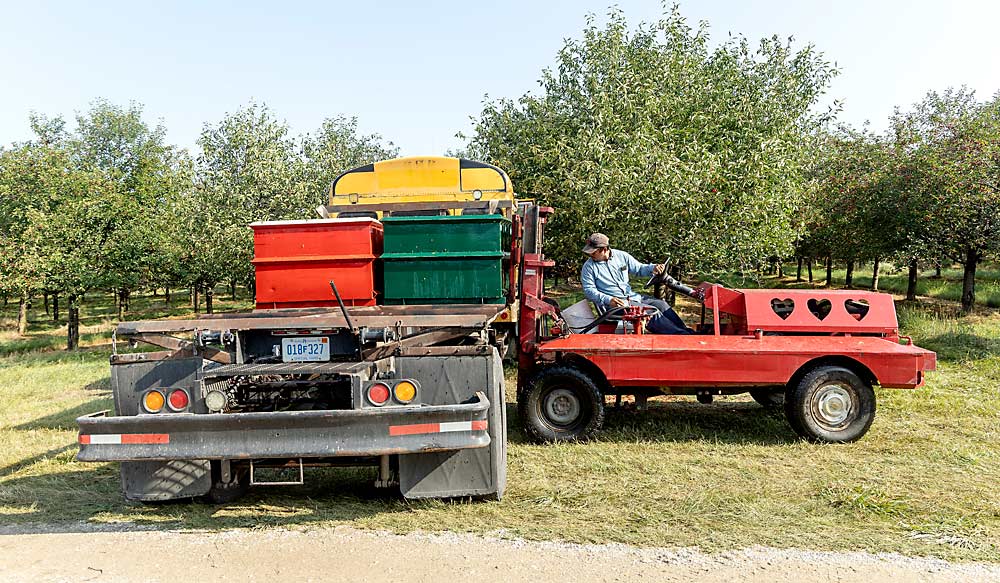
Imports pose another major challenge. Low-priced tart cherry products from other countries have flooded the U.S. market for at least a dozen years, causing headaches for an already struggling domestic industry. But it appears that flood was not quite as big as initially feared, thanks to a recent discovery made by attorney and industry consultant Chris Bardenhagen.
Last year, Bardenhagen unearthed specific import rules regarding the reconstitution of tart cherry juice concentrate and found that the U.S. industry has been overestimating import volumes of that category. The actual volume of juice concentrate was one-fifth or one-sixth of what was initially thought.
Although it sounds like good news, the recalculation doesn’t really change the basic import equation, he said.
“There are unlimited amounts of (tart cherry juice concentrate) sitting at our doorstep for U.S. food businesses to buy, at a lower price than our cost of production,” Bardenhagen said. “This means that regardless of the volume that is imported, they can always undercut us, limiting our ability to compete.”
Despite the difficulties, tart cherries still have advantages over other fruit crops. Fruit appearance isn’t as much of a concern, and expensive hand labor isn’t as necessary.
Many in the industry expect to continue producing tart cherries, though probably not at the previous scale, Gordon said.
There are growers still willing to put their faith in the long-term prospects of tart cherries. Michigan grower Gerrit Herrygers plans to maintain his tart cherry acreage. He said he understands the cyclical nature of the industry and wants to have cherries ready when prices are on the upswing again.
Andy Riley, another Michigan grower, is also in it for the long haul.
“If we get through the lean years, I think there will be better years ahead,” Riley said. “I wouldn’t be planting tart cherries if I thought all hope was lost.”
—by Matt Milkovich






Leave A Comment